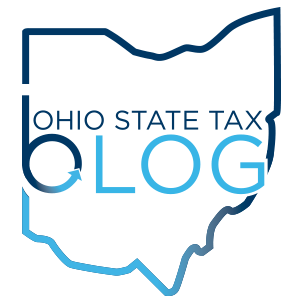Ohio CAT: What is the significance of the Tax Commissioner’s L.L. Bean determination?
The Ohio Tax Commissioner’s recent Final Determination upholding the Ohio Commercial Activity Tax (Ohio CAT) assessments against L.L. Bean has received much national attention lately, but for the wrong reason. L.L. Bean’s primary argument against application of the Ohio CAT is that the bright-line nexus standard in R.C. 5751.01(H)(3) violates the Commerce Clause of the United States Constitution. However, the Tax Commissioner, as stated in the Final Determination, does not have jurisdiction to decide the constitutionality of a statute. Therefore, he had no choice but to apply the statute as written, which clearly states that any business with greater than $500,000 of annual Ohio gross receipts must pay the Ohio CAT.
However, what the Tax Commissioner did not state in the Final Determination against L.L. Bean is more interesting. When enacting the Ohio CAT, the Ohio General Assembly provided for a direct appeal to the Ohio Supreme Court if the primary issue raised by the taxpayer is the constitutionality of the bright-line nexus standard under R.C. 5751.31. However, in order for such an appeal to be available, the Tax Commissioner’s final determination must expressly provide for a direct appeal to the Ohio Supreme Court. The Final Determination against L.L. Bean, however, did not provide for such an appeal. So, why did the Tax Commissioner fail to include this language? There could be many reason, including that the Tax Commissioner does not believe this case is the best test case to determine whether the Ohio CAT’s bright-line nexus standard is constitutional. Additionally, since evidence cannot be presented for the first time at the Ohio Supreme Court, there is some concern that, unless there is a complete stipulation of facts, the direct appeal route may violate the taxpayer’s Due Process rights.
Instead, L.L. Bean must first appeal the Final Determination to the Ohio Board of Tax Appeals (BTA), which also does not have jurisdiction to address constitutional issues. Further, although a record of the relevant facts will be established during the BTA proceeding, a resolution at the BTA will take many years due to its current backlog. Therefore, a determination on the merits as to whether the Ohio CAT’s bright-line nexus standards are constitutional is not likely for at least 5 years, unless, of course, the Tax Commissioner allows a different taxpayer the direct appeal to the Ohio Supreme Court.
